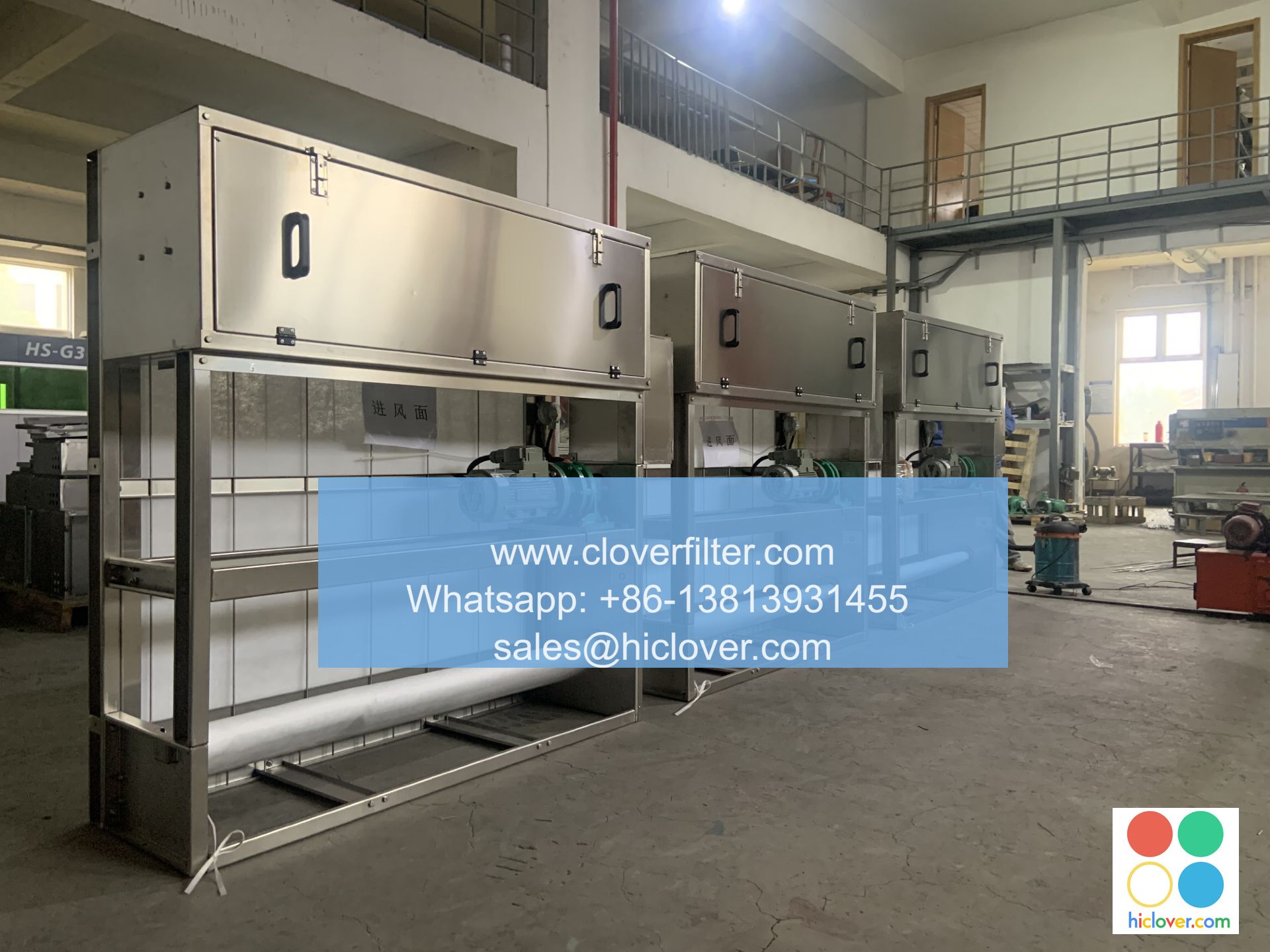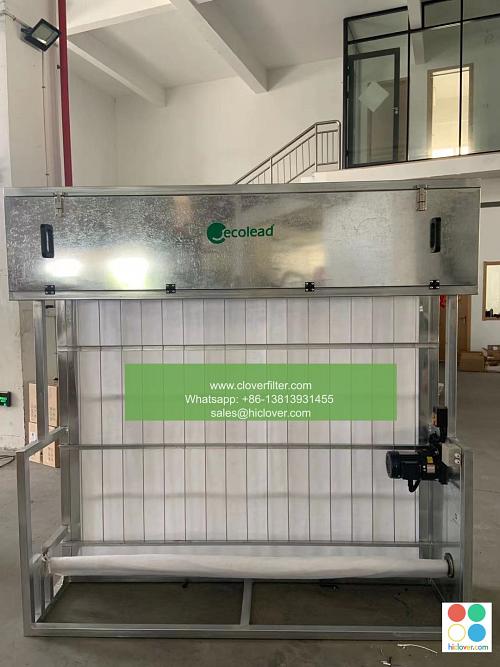Automatic Roll Air Filters: A Game-Changer for Cardiology Clean Labs

Introduction to Automatic Roll Air Filters
In the realm of cardiology clean labs, maintaining an environment free from airborne contaminants is paramount. The introduction of Automatic Roll Air Filters (ARAFs) has revolutionized the way we approach air purification in these sensitive settings. By incorporating cutting-edge technology, ARAFs have emerged as a game-changer, significantly enhancing productivity, reducing maintenance, and ensuring a cleaner, healthier environment for both patients and medical staff.
Key Features and Benefits of Automatic Roll Air Filters
ARAFs boast a multitude of features that set them apart from traditional air filtration systems. One of their most notable advantages is their ability to automatically replace the filter media as it becomes saturated, thereby maintaining optimal air quality without interruption. This continuous filtration process ensures that the air remains clean and pure, critical for cardiology clean labs where even the smallest particles can jeopardize patient health and safety. Additionally, the automated roll change mechanism minimizes downtime and reduces the risk of human error, which can lead to contamination.
Applications in Cardiology Clean Labs
The applications of Automatic Roll Air Filters in cardiology clean labs are diverse and crucial. These labs require ultra-clean environments to prevent infections and ensure the accuracy of sensitive medical procedures. ARAFs are particularly beneficial in:
- Catheterization labs, where the risk of airborne contamination can lead to serious complications during heart catheterizations and angioplasties.
- Electrophysiology labs, where precise conditions are necessary for procedures like ablations and device implants.
- Cardiovascular surgery rooms, where the operating environment must be strictly controlled to minimize infection risks during open-heart surgeries.
技术优势和创新 (Technological Advantages and Innovations)
The technological advancements embedded in ARAFs make them highly efficient. Their HEPA (High Efficiency Particulate Air) filtration capability captures 99.97% of particles as small as 0.3 microns, ensuring that the air quality in cardiology clean labs meets the stringent standards required for such sensitive environments. Moreover, their energy efficiency and low operational noise contribute to a comfortable working environment without significantly impacting productivity due to noise distractions.
维护和可持续性 (Maintenance and Sustainability)
One of the overlooked yet significant benefits of ARAFs is their impact on maintenance and sustainability. By automating the filter replacement process, these systems reduce waste and the need for frequent manual interventions, which can be labor-intensive and costly. This automated process also ensures that the filters can be replaced at the optimal time, maximizing their efficiency and reducing the environmental footprint of cardiology clean labs.
Conclusion
Automatic Roll Air Filters have emerged as a vital component in maintaining the integrity and cleanliness of cardiology clean labs. By providing uninterrupted air purification, reducing maintenance needs, and ensuring ultra-clean environments, ARAFs have not only improved the operational efficiency of these labs but have also played a critical role in enhancing patient safety and outcomes. As technology continues to evolve, the integration of ARAFs in cardiology clean labs is poised to become a standard practice, further elevating the standards of healthcare and patient care.

